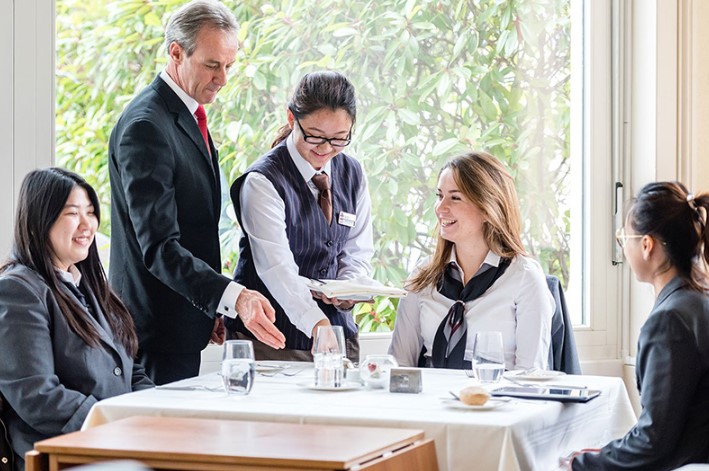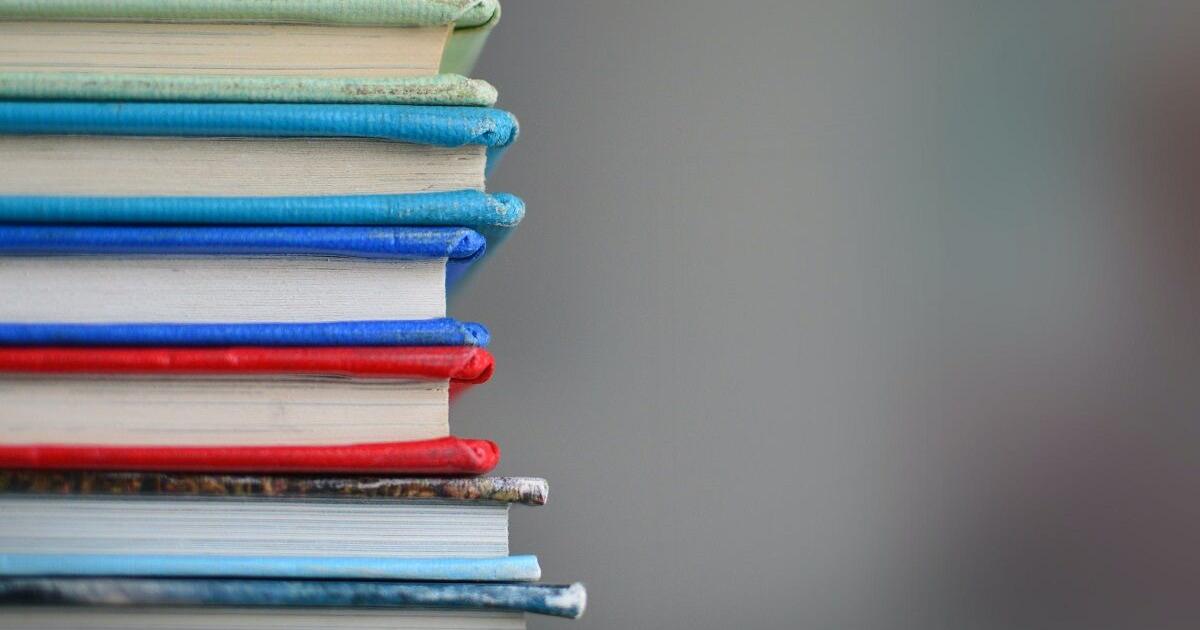How the Indian government took credit for Pesochin evacuation done by education firms

The Indian government has vastly exaggerated its claims of evacuating Indian students from Pesochin in war-ravaged Ukraine, students and educational consultants have alleged.
Pesochin is a settlement on the outskirts of Kharkiv, a city in eastern Ukraine, which lies 40 km from the Russian border. Ever since the war began on February 24, Kharkiv has been relentlessly pounded by Russian forces.
On March 1, an Indian medical student was killed in the city. The next day, the Indian Embassy in Ukraine asked all Indian students stranded in Kharkiv to leave “immediately”, even if that meant walking several kilometres to three settlements that it had identified. One of them was Pesochin, also spelt as Pisochyn.
Three nights after nearly 950 students arrived in Pesochin, the Indian ambassador to Ukraine released a statement, in which he claimed: “In the past two days alone, we have evacuated more than 500 Indians from Pisochyn.”
A little over an hour later, Edu Pedia Overseas, an education consultancy group that helps Indian students get admission into Ukrainian universities, posted a video on social media platforms, contradicting the ambassador. In the video, Dr Aman Sandhu, a practicing doctor in Germany and managing director of the group, said: “It looks as if they are claiming that they came physically there to help, that they took students out of Pesochin, but there were no buses or any kind of help…”
Sandhu should know. Her husband and chairman of Edu Pedia Overseas, Dr Karan Sandhu, was in Pesochin, helping out the students.
In fact, several students, who are now back in India, told Scroll.in that the evacuation from Pesochin was driven by education consultants like him, and that the Indian Embassy only made a delayed intervention well after most students had left the settlement.
The consultants said on the final day of the evacuation, the embassy offered to pay for five buses that they had hired. On social media, however, the embassy claimed it had “organised” the buses. Four days later, the consultants are yet to receive any money from the embassy.
3 buses organised by GoI have reached Pisochyn and will shortly be making their way westwards.
2 more buses will be arriving soon.
Safe travels to all our students.Be Safe Be Strong @opganga @MEAIndia pic.twitter.com/oHKLXHx0rg
— India in Ukraine (@IndiainUkraine) March 5, 2022
Waiting for help from the embassy
The representatives of three education firms – Edu Pedia Overseas, Global Focus Pvt Ltd and Bobtrade Education Group – worked together to pull off the Pesochin evacuation. Scroll.in spoke with them on the evening of March 8, after they had reached the border of Ukraine and Romania, where their cars were stuck in an 8-km long queue.
“We left Pesochin only after all the students boarded the bus,” said Dr Swadhin Mohapatra, a director in Global Focus Pvt Ltd.
Mohapatra, aged 30, is from Odisha. He studied in Bengaluru and moved to Ukraine 12 years ago. He said hundreds of students who had been stranded in the war had been placed in Ukrainian universities through his firm.
When Russia invaded Ukraine on February 24, several students, most of them studying medicine, started calling him, Mohapatra said. Those in Kyiv, Kharkiv and Sumy – places that were under relentless shelling from Russia – sounded the most alarmed.
In Kharkiv, students took take refuge in underground metro stations and old bunkers built in the basements of their hostels. On March 1, Naveen SG, a fourth-year medical student from Karnataka, stepped out to buy groceries and was killed in shelling.
The next day, hundreds of Indian students went to Kharkiv railway station in a bid to flee the city, but they were unable to board a train. According to a headcount maintained by Mohapatra, there were as many as 1,188 Indian students in the city that day.
By afternoon, the Indian embassy sounded an alarm, asking the students to immediately leave the city and reach the safe zones of Pesochin, Babaye or Bezlyudovka, located on the outskirts of the city.
About 245 students decided to stay back and try their luck with the next train. But nearly 950 students walked to Pesochin, amidst shelling and chaos, said Dr Karan Sandhu, who followed them along with Mohapatra and the other consultants.
In a video from Wednesday, students carry Indian flag as they walk out of Kharkiv towards safer settlements in Pesochin @scroll_in pic.twitter.com/47Nd7TTxw4
— Tabassum (@tabassum_b) March 3, 2022
But when they reached Pesochin, the consultants realised that the embassy had made no arrangements for the students. “In hindsight, I feel if the students had stayed in Kharkiv, they had a better shot at catching a train in the next 24 hours,” Sandhu said. “Some of my students stayed back and got on a train the same night.”
When Scroll.in spoke to the students on the night of March 2, many of them believed that the accommodation in Pesochin had been arranged by the Indian embassy with help from Ukrainian authorities. But Sandhu said the embassy had played no role at all.
“The Kharkiv National Medical University has a sanatorium. It is used as a shelter home, long-stay home and old age home,” he said. “They allowed us to keep the students there after we reached out to them.”
The first night, everybody went to sleep without a meal. On March 3, Sandhu, along with Mani Chahal from Bobtrade Education Group, another firm that helps Indian students with university admissions in Ukraine, started visiting nearby villages to buy ingredients to cook meals for the students.
“We had a huge group to look after and limited resources,” Chahal said. “Somehow we bought bread, biscuits. There was a mess nearby where we got soup cooked.”
Sandhu said he stayed in constant touch with the Indian embassy. “They took all the information from us,” he said. “But they did not arrange anything.”
Looking for buses
On March 3, Mohapatra, Sandhu, Chahal and his colleague, Hardeep Singh, began calling local bus operators.
“Imagine walking into a desert and looking for water – that was how it was to find a bus in Pesochin,” Sandhu recalled.
Mohapatra said the closest exit route was the Russian border, but it was highly unsafe. The only viable option for an evacuation was Ukraine’s western borders with Poland and Romania, 1,000 km away. But most bus operators refused to undertake such a long journey. “It was a risk to the driver’s life,” Mohapatra said. “The few who agreed, asked for ten times the fare.”
On March 3, he said, they managed to hire two buses from transporters that were charging $200 – about Rs 15,000 – per seat. About 85 female students left for the western border in these buses.
The next day, the cost of a bus seat more than doubled to $500, or Rs 38,000. But recognising that they could not afford any delay in the evacuation, the consultants hired six buses, a few minivans and a car, which were used to transport over 560 students.
The smaller buses took about 70 students each, while the larger buses packed in about 130 students, even if it meant many did not get a seat and had to stand in the aisles through the journey.
The transport was collectively financed. Both the students and the consultants “pitched in whatever cash they had,” said Vasu Dev Sharma, a medical student. “We arranged for funds from locals we knew well in Kharkiv,” he added.
Abhishek Kumar, a student of Kharkiv National Medical University, who did not have enough cash on him, said he boarded the bus on the understanding that he would transfer the remaining money into Sandhu’s account once he was back in India. The educational consultants were “very helpful”, Kumar said. “They tried to get buses for us, food for us.”
Eventually, Chahal, Mohapatra and Sandhu managed to get buses from at least seven different operators, each charging a different rate. All three consultants said the vast majority of Indian students left Pesochin between March 3 and March 5, without the embassy’s help.
A few lucky ones, like 19-year-old Pralay Kumar Nayak and his friend Debashish Rout, were bailed out by the Odisha government, which paid for the bus tickets of students belonging to the state. “I had no money to pay for the bus,” Rout said.
Mohapatra, from Global Focus, which had facilitated Rout’s admission in Kharkiv, said senior officials from the Odisha government had contacted him as early as February 25, extending all possible support for the evacuation of the state’s students.
In contrast, the Indian embassy was slow to offer help. On March 5, after the vast majority of students had left Pesochin, it contacted the consultants and offered to pay the bus fares of 298 students left behind. “But we still have not received any amount,” Dr Aman Sandhu said.
Chahal from Bobtrade echoed this: “So far, they have not paid us in any way.”
Publicity overdrive
This has not stopped the Indian government from taking credit for the evacuation.
On March 5, the Indian embassy posted several tweets related to Pesochin. One featured photos of water bottles and packets of food that it claimed to have delivered to the stranded students despite “major adversities”.
Despite major adversities, delivered food and water to our students in Pisochyn, Kharkiv. pic.twitter.com/76xEBC5BF6
— India in Ukraine (@IndiainUkraine) March 4, 2022
The embassy also said it had arranged buses for the 298 students who were still left behind in Pesochin, while claiming that it had already evacuated 500 students between March 3 and 4. The embassy even posted photographs of the students travelling in the buses.
But within a day, Karan Sandhu contradicted these claims in a video on Facebook. “Posting photos will not help evacuate students,” he said. He added that Indian officials “don’t know in what condition students are in here”. He told Scroll.in that the five buses that left Pesochin on March 5 had also been arranged by them – not by the embassy.
Abdul Zaheer, another director in Global Focus, who is based in Delhi, pointed out that the Indian government, in its self-congratulatory posts on social media, had posted pictures that had been taken by his colleagues, of buses that they had arranged. The embassy was “only bothered with PR”, he said.
Scroll.in contacted the spokesperson of the Ministry of External Affairs to seek its response to these allegations, but the spokesperson refused to comment.
Stayed to help students
Mohapatra, Chahal, Singh and Sandhu have their own cars. They could have fled Ukraine on February 24 when the Russian invasion began, but they chose not to.
Aman Sandhu, who lives in Germany, said her husband “put all his energy in saving all students while the embassy officials left Kyiv for Lviv”. The couple have a young daughter.
Mohapatra said he decided to help out because he knew students and their families depended on him. With several students now back in India, he has been inundated with messages of gratitude from them. “It is overwhelming,” he said. “I feel we did good by staying back.” He said he did not want any credit or acclaim. “But the government went after a credit seeking campaign,” he added.
Chahal has lived in Ukraine for 21 years. “I will wait for a few days in Romania and then decide where to go next,” he said.







